Land, free for the taking, just waiting for someone to work hard enough to claim it as their own. Does a sentence like that send shivers of longing and hope down your spine?
“But those days are gone” you may concede with a sigh. Gone along with the covered wagon, the real cowboy, and herds of bison as far as the eye can see. The best we can do is try to make do with our postage-stamp city backyards and illegal urban chickens, right?
I am delighted to tell you that you’re wrong. Yes, even in 2021, there is still unclaimed, free land out there. It’s not the same world as when the Homestead Act of 1862 sent streams of would-be settlers west, but that doesn’t mean opportunities aren’t available.
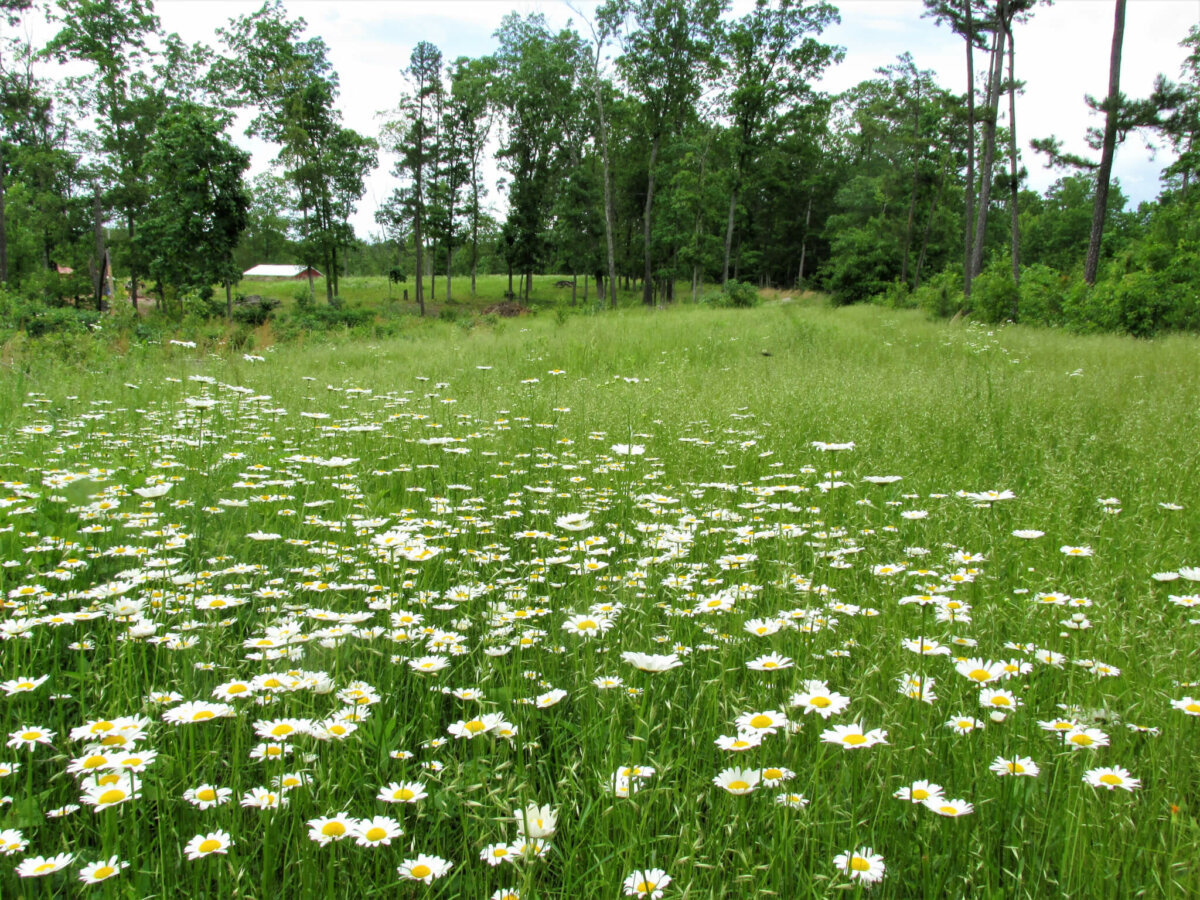
And for the record, the last claim officially staked was granted in 1988 (in Alaska), so the era of homesteading isn’t as dusty as you may have thought.
Take heart you modern homesteaders-to-be, back-to-the-landers of a new decade, and city-stuck dreamers with motivation and willingness to try. It will require a lot from you, but you too, can stake your claim in the 21st century, and choose a different sort of life than the one you were handed.
Let’s dive into where and how you can find a patch of land to call your own, and all without needing to go into the mental prison of debt.
A Very Brief History of the Homestead Act of 1862
To encourage the settlement and American-style property development of the western United States, President Abraham Lincoln signed the Homestead Act on May 20, 1862. The requirements for a prospective settler were surprisingly open for the time period. People of any race, freed slaves, immigrants or American citizens, men or women were all eligible.
All that was really required of the “application” was that you needed to be over 21 years old, the head of your household (or the only one in your household, for all the single people), have never raised arms against the United States, and have two witnesses confirm these facts. If all that was set, you were welcome to give it a shot.
The basic premise of the original homestead act was that a family would be granted 160 acres of land if they paid a small fee and then “proved” they were able to work the land and improve it — notably, by getting a house in place. Every homesteader had five years to prove their claim. As a result, claim shanties sprang up as fast as the new inhabitants could build them, and the race against time to turn prairie into productive farmland began.
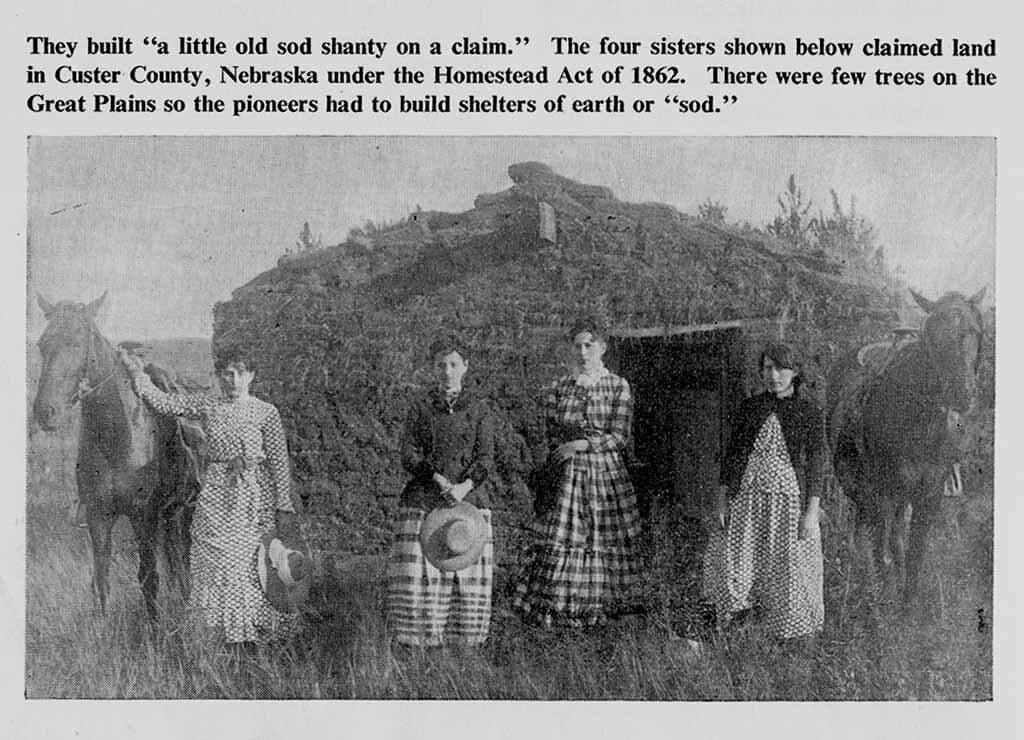
Now, if you read the “Little House on the Prairie” series as a kid, you’ve been acquainted with the triumphs and failures of this bold venture into the wild. An adult reading will probably make you much more sensitive to the fact that it wasn’t “unpopulated land free-for-the-taking,” however — the Osage people were so recently shoved off Ma and Pa Ingalls claim that Laura and her sisters spent some of their childhood exploring their newly-abandoned camps.
Though brave accounts of the dauntless early settlers are certainly inspiring, there’s an undeniably dark underbelly to the story when you realize countless families, villages, and nations of Native Americans were forcibly removed to make room for those new settlers.
So when you look at it as a whole, the heart of the Homestead Act was really the young United States itself staking a claim on the landmass it was prying out of indigenous control. The Federal Government used any and every willing settler to set out and build the rough infrastructure for future development. Suffice to say, all history is pretty complicated, once you start digging.
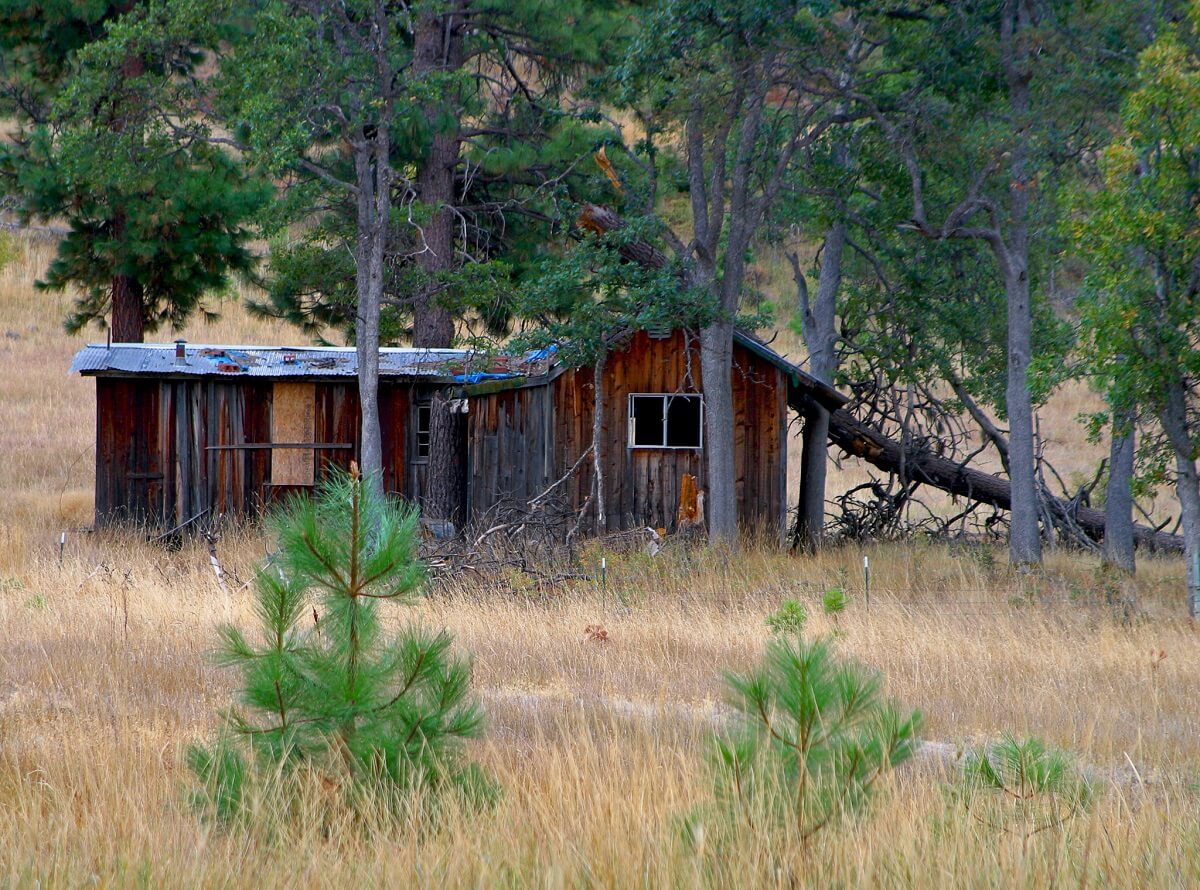
Now fast-forward to 2021 and times are different, to say the least. The tracts of available free land are fewer and farther between, and proving your claim isn’t quite as hard as it was in the past (well, at least as far as fighting packs of wolves and blizzards are concerned). The reasons for states and countries to offer free land have changed, too.
Related Post: Getting Started With Self-Sufficient Living (and Why It IS Possible)
Rather than encouraging rural development and westward expansion, many modern homesteading programs are attempting to revitalize and repopulate old towns with aging populations, rekindle the agricultural traditions of rural areas where local interest has waned, or welcome life and community back into old cities that lost their core industries.
That chance for a fresh start (kinda-sorta) for free is undoubtedly appealing to a lot of you out there. Maybe some of you have longed to live the homesteading life but have been held back by limited finances. Maybe you want the chance to live cheaply and simply, and closer to the land as you work off debt.
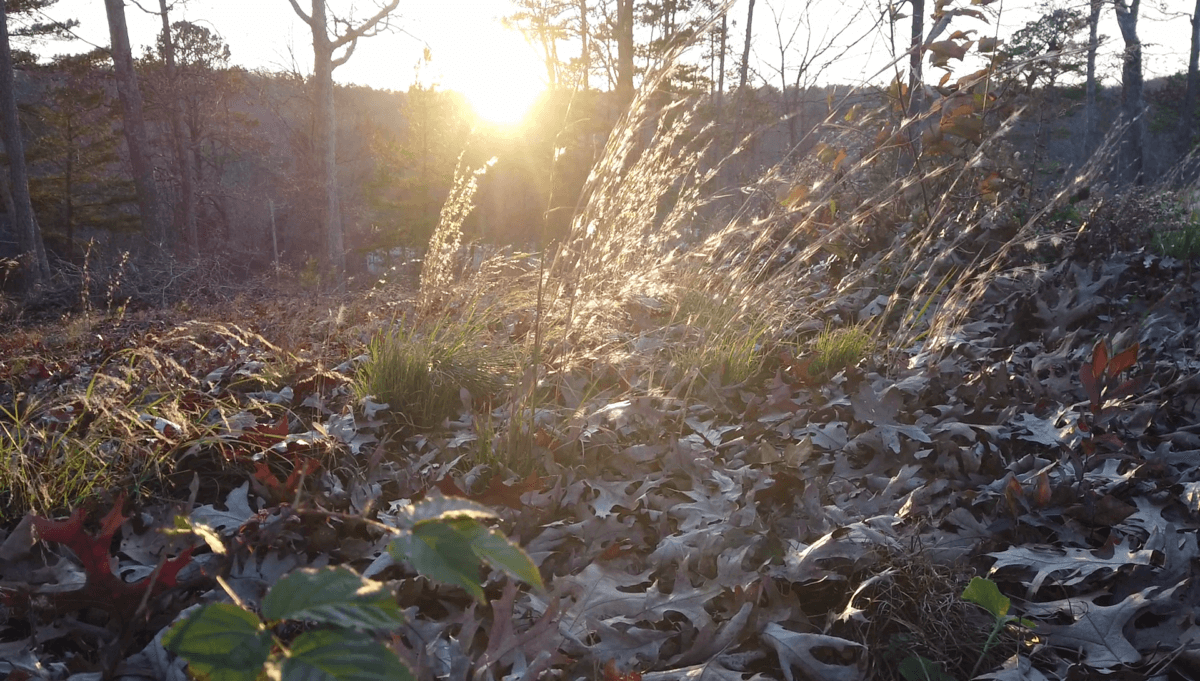
Undoubtedly (like many of us) you have found that life in the city is soul-deadening and empty, and you’re looking for a more meaningful, purposeful way to live. Homesteading has always been an answer to those questions, both in 1862 and now.
I’ll do my best to report the requirements for free land opportunities as well as I can, but keep in mind, the conditions of these situations are changing constantly. If you browse through older articles on this topic, you’ll largely run into online dead-ends, broken links, and closed programs for free or cheap land.
So all I can promise is these links were viable and the programs were still open as of February 2021. As you go on this search, remember that the best bet you have for finding the most accurate information is to contact the program yourself, and get the up-to-date information straight from the horse’s mouth, so to speak.
All that said, let’s dive into where you might still stake a claim on free land and start afresh.
Free Land in America
As we’ve discussed, modern homesteading is not the same as historical homesteading. Many of the lots are much smaller — sometimes given in square feet rather than acres, and some more urban programs don’t allow you to have livestock. Rather than being surrounded by wilderness, some lots are surrounded by city blocks.
On the other hand, some sites are still so remote that you can only reach them by plane or boat! But the method of proving your claim is still the same — you’ll need to build a home on the land given to you within a time limit and prove your residency.
As you peruse, please remember: This list is not exhaustive, not by a long shot, but it offers a variety of programs meant to give you inspiration. Even if your solution is not on this list, keep hunting, searching, and asking. Your land is out there.
Urban Homestead Program
Buffalo, New York

Do you have at least $5,000 in the bank to use for repairs, $1 to spend, and an appreciation for snow? Then you have all you need to start an urban homestead on some basically free land. New York’s Urban Homestead Program is revitalizing unused, abandoned, and empty lots in an urban setting.
You have a few options: Add an empty lot next to your existing urban homestead, turn a plot into a garden, or purchase an assortment of unused lots to make a homestead from scratch.
Free Lots
Lincoln, Kansas
There are several free lots available at the end of some cul-de-sacs in the town of Lincoln, Kansas. You’re required to build your own home, but you won’t have to do the hard work of establishing utilities — they’re already there, waiting for a house to use them.
For home gardeners, this may be a great opportunity, but for those wanting the full-on homestead life, complete with animals and an alternatively built, off-grid house, you may have to look elsewhere for free land — farm animals aren’t allowed, and the house they want you to build will need to be conventional. But still, there are definitely available lots of get started.
Free Lots
Marquette, Kansas
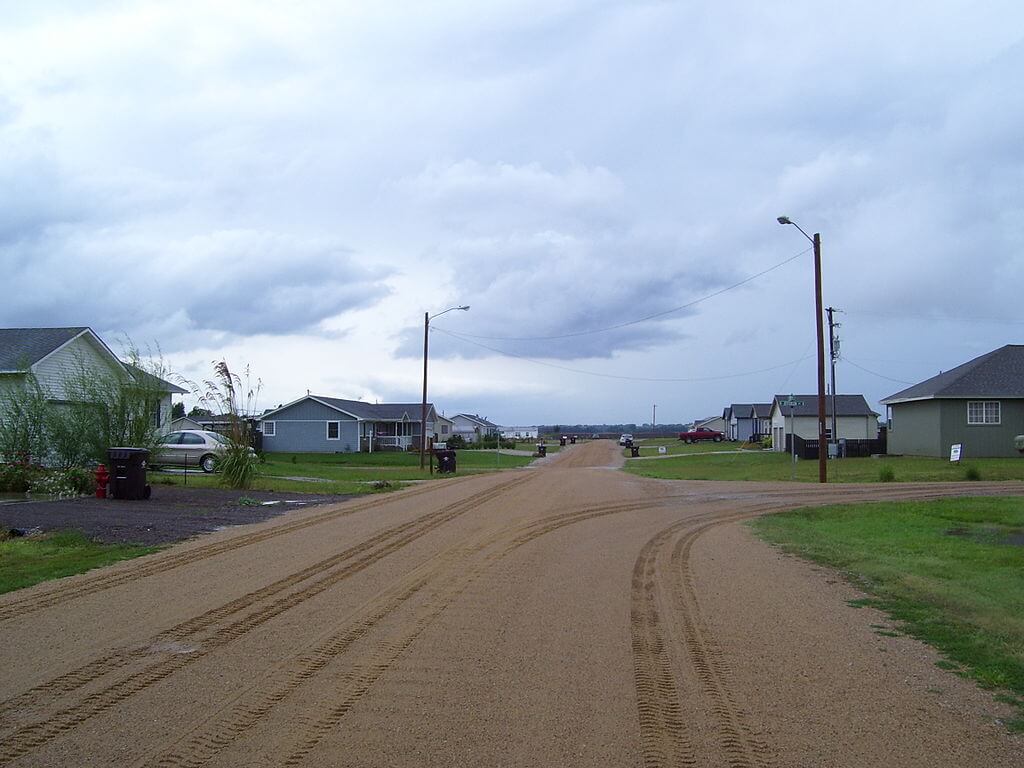
The small town of Marquette, Kansas is offering free land lots (and more than one, if you’re interested in having a bigger garden or a workshop) to prospective house builders. All utilities are already installed and available.
Homestead Act Residential Application
Mankato, Kansas
A small town of just over 900 people may become your new home. Mankato, Kansas is offering free land lots to home builders in their rural environment. A short list of building requirements is there to guide you in building the type of house that makes the program work.
Land Reuse Program
Detroit, Michigan
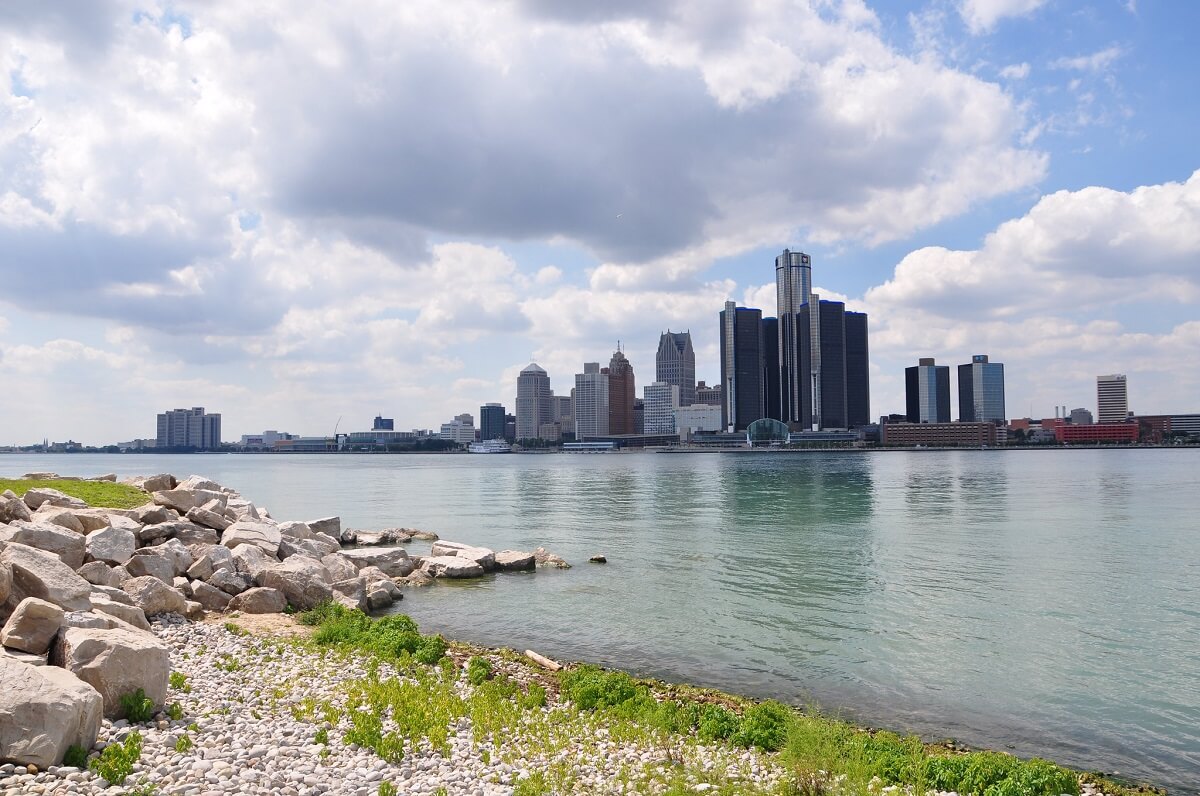
The Detroit Land Bank Authority owns thousands of unused lots around the city and wants them to be more than vacant spaces. Though it’s not technically free land at $100 a pop, you could hardly ask for a better deal on an urban lot. An innovative urban homesteader could patchwork together an amazing garden system like these folks (though you’ll have to grapple with Detroit’s outdated livestock ordinances).
This program does, admittedly, come with risks. Having driven through several of these neighborhoods personally, I can attest that describing some of them as “rough around the edges” is putting it kindly. But you can find good neighbors anywhere you look, and perhaps your homestead will be another step towards Detroit’s recovery from their rust-belt decline.
Incentive Program
Curtis, Nebraska
Free land in Curtis, Nebraska is available for industrial, commercial, and residential use. A rural low-crime neighborhood, they are offering incentives for families with children to choose their town as a new home.
Free Land Program
Flagler, Colorado
Online information for this program is scant, so all I can offer you is the bread-crumb trail of a town and their website — if you think this may be the area for you, it’s time to make a few calls and ask a lot of questions.
Alaska Native Veterans Program of 2019
Alaska
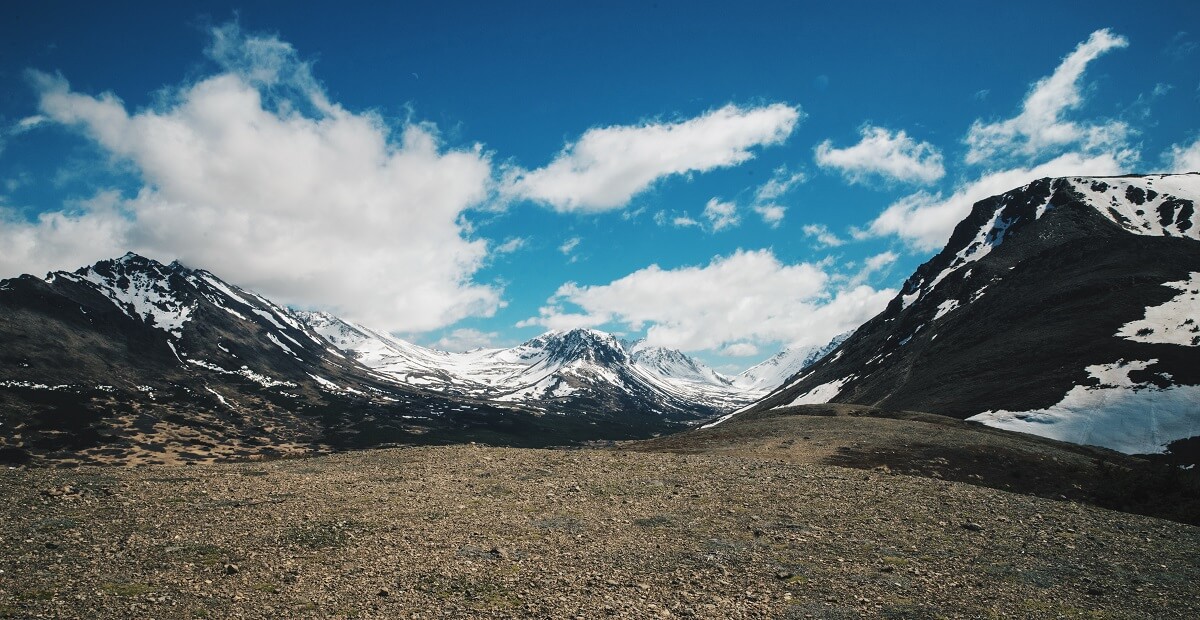
Probably one of the last, true wildernesses out there in the United States, Alaska is not a land for the faint of heart. Often accessible only by boat or plane with snowy landscapes, howling winter winds, and wild wolves. This wilderness calls out to the rugged adventurer with dogged persistence.
There are around 1.5 million Alaskan acres available, and in the spirit of the original Homestead Act, allotments for this program can be as big as 160 acres.
Applicants for this program are required to be military veterans of Native Alaskan heritage or their heirs. And while that certainly winnows down the pool of available people, if you fit the bill, you may have found home.
There’s a lot more to the story than these free land programs, however. Both Australia and the UK have had their own iterations of a homestead act-type program, and there are undoubtedly other opportunities in countries around the world.
If you know of an active program I’ve missed, please post it in the comments and add to the current knowledge base. And in all cases, as it was back in 1862 and is now, the big factor is not whether there’s free land — but whether there are motivated people to go through the massive effort to claim it as their own. What will your adventure be?


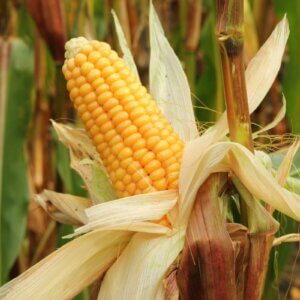
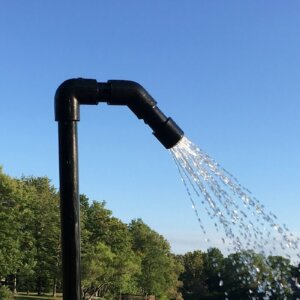







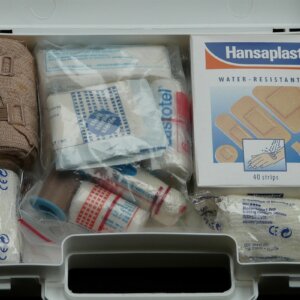
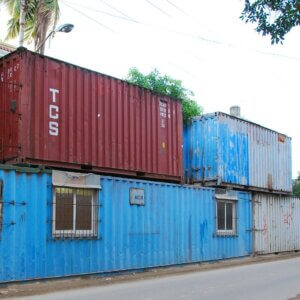


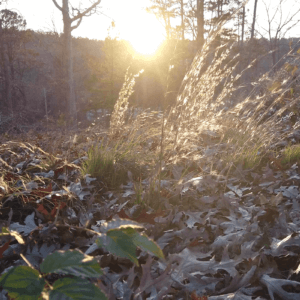


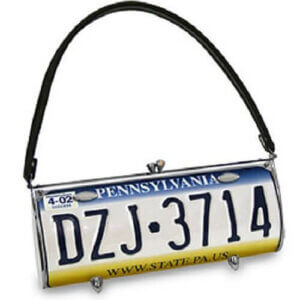

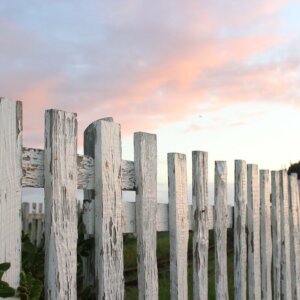



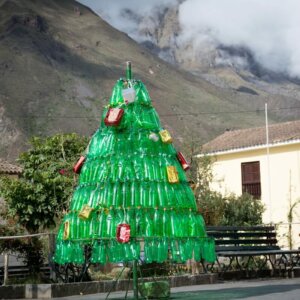

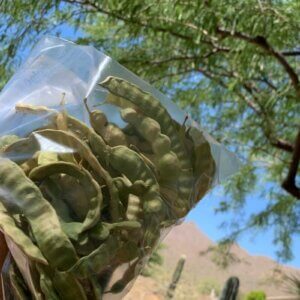

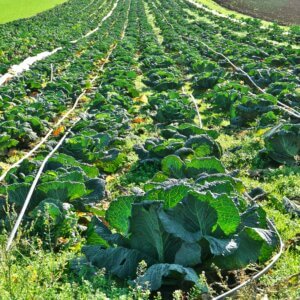

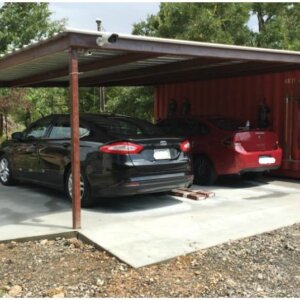


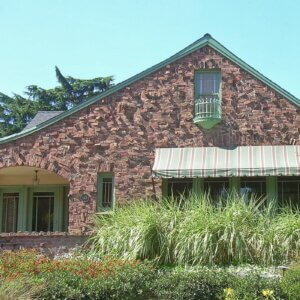

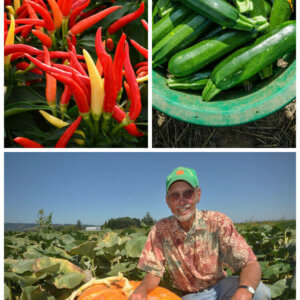


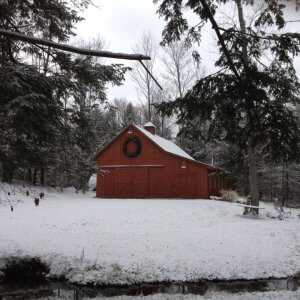


Another 10 years we can live in any country for free when you consider every ingrate in the world will be living in the USA by then.